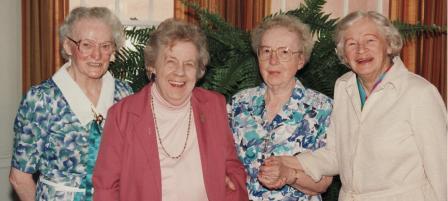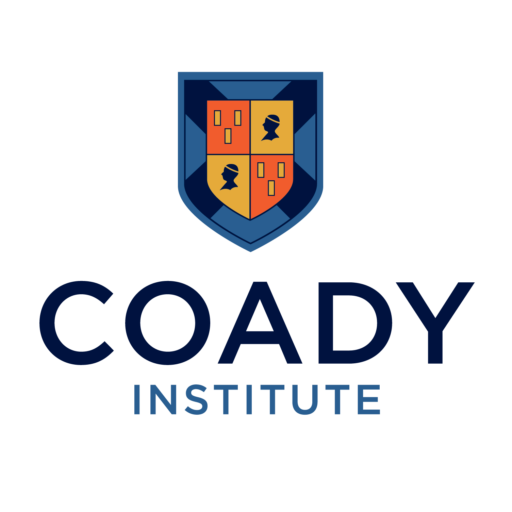The Women of the Antigonish Movement
If someone “on the street’ was asked to tell the story of the Antigonish Movement, it’s likely their account would focus on the well-known exploits of Father Jimmy Tompkins and Dr. Moses Coady. While such an account would be worthwhile, a full explanation of how the Antigonish Movement achieved success, and suffered setbacks, requires looking at the Movement from another angle. The story of the Movement’s women leaders—their personal vignettes, work histories and shared appreciation of the St.F.X. Extension Department as a special, yet at times difficult, place to labour—provides a fascinating and unique perspective on the Antigonish Movement.

It is easy to forget just how much the world has changed since 1930, especially for women who had then only recently gained voting rights within a society that was still patriarchal and paternalistic. Women were discouraged from public and professional careers. Some did pursue teaching, domestic and secretarial work, manufacturing or government jobs, but only to be fired when they married. At least for the middle class, a woman’s place was in the home managing household affairs and raising children.
In the early twentieth century the population was predominantly rural. Young females grew up with limited education in farming communities characterized by hard physical labour with few intellectual and cultural outlets. The socio-economic crisis in Maritime Canada that created the Antigonish Movement affected everyone, but it could be argued that women, juggling multiple roles as wives, mothers and farm workers, suffered the most. The female leaders of the Antigonish Movement understood their plight and attempted to bring “the good and abundant life” to Maritime women who often lived in conditions of poverty and social isolation.
From its beginnings, the Antigonish Movement was fortunate to attract the services of several intelligent, hardworking and well-educated women. Tompkins and Coady valued the contribution of women, and in retrospect seemed to be far ahead of their time and Church in giving women space and freedom to contribute outside the home. They recruited both religious and lay women into the Extension Department and the larger movement. Shortly after Extension began, Coady asked Kay Thompson Desjardins, to be his general assistant. Zita O’Hearn Cameron and Ellen McNeill Arsenault followed Desjardins into the Extension Department soon after. Two members of the Congregation of the Sisters of St. Martha (Antigonish), Sister Marie Michael MacKinnon and Sister Irene Doyle (Sister Mary Anselm), came to Extension early on and soon became invaluable.
Ida Gallant Delaney joined Extension in 1934. A bilingual fieldworker based in Glace Bay, Delaney was the female institutional face of Extension as she and co-worker Alex S. MacIntyre crisscrossed the Maritimes organizing, speaking and helping. She wrote an economic handbook, Shopping Basket Economics, and became a promoter of libraries.
Zita O’Hearn Cameron, an English literature graduate, succeeded Kay Thompson Desjardins as secretary to Dr. Coady and A.B. MacDonald. She replaced Sister Marie Michael MacKinnon in writing and editing the home and family columns in The Extension Bulletin and later as editor of The Maritime Cooperator. She organized the work of both the director and assistant director and did the research, writing and most of the editing of Coady’s Masters of Their Own Destiny. O’Hearn was in turn replaced as Coady’s secretary by Ellen Arsenault. Other women “came from away’” and brought valuable perspectives and contacts, such as the American, Mary Ellicott Arnold.
By deed and word they pushed for more respect and opportunity for women. For example, the highly respected and award winning The Maritime Cooperator, the successor of The Extension Bulletin, was written and managed entirely by women. Overall, their contributions to the Extension Department and the Antigonish Movement were foundational and exceptional. Not only were they the glue that held it all together, they also produced much of the original and creative work of the Movement.
